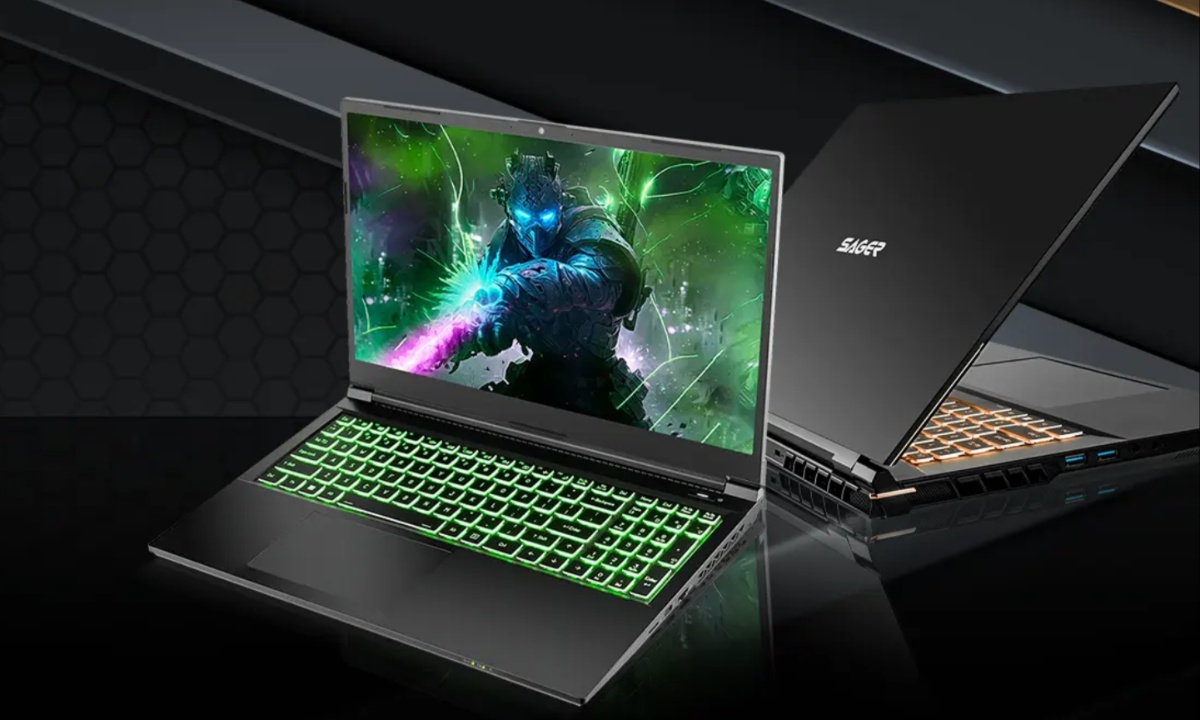Gaming laptops have significantly improved over the years and now compete well with gaming desktops. Historically, gaming laptops were viewed as inferior by dedicated PC gamers, but recent advancements have made them capable contenders. Despite these advancements, for peak performance, a full desktop setup is still often preferred.
One notable exception to this is the work of YouTuber Socket Science, who has pushed the boundaries of what’s possible by fitting desktop components into a laptop frame. This project, however, wasn’t straightforward. It took Socket Science 14 months of intense effort and numerous challenges to create a functional machine that combines desktop power with a laptop form factor.

Gaming Laptops Evolve to Compete with Desktops Thanks to Innovations Like Socket Science’s Custom Build
The end result is a gaming laptop that resembles a standard model but is much bulkier. Inside, it houses a full desktop motherboard, processor, GPU, and RAM. Despite the similar names, mobile gaming components are typically less powerful than their desktop versions due to constraints related to heat and space in laptops.
Socket Science’s build involved a custom mini-ITX motherboard, an AMD Ryzen 5 CPU, an AMD Radeon RX GPU, and other standard desktop parts. Modifications included removing unnecessary motherboard ports, custom-crafting a cooling solution from copper and heat pipes, and 3D-printing custom fan components to manage the heat produced by the powerful desktop hardware.
While the result is functional and visually distinctive, it doesn’t fully align with the traditional gaming laptop definition, primarily because it lacks a battery. For those not inclined to undertake such an ambitious project, alternatives like the Framework 16 offer a more manageable DIY gaming laptop option that’s easier to assemble and disassemble.









































